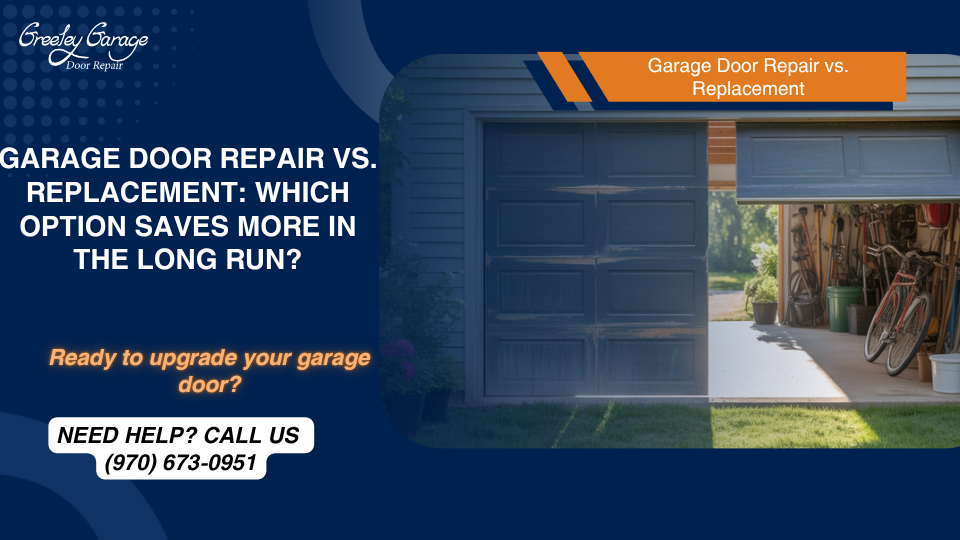Your Ultimate Guide to Protecting Your Garage Door from Ice and Freezing Temperatures

Your Ultimate Homeowner’s Guide To Preventing Garage Door Accidents
August 8, 2025
Stop Trouble in its Tracks: Top 5 Garage Door Problems Prevented by Regular Tune-Ups
August 20, 2025The deep chill of winter brings with it more than just beautiful snow; it presents a formidable challenge to the mechanics of your home. For many homeowners, this challenge is most keenly felt at the garage door. The ominous grinding of a metal track, the stubborn refusal of a door to lift, or the jarring sound of a bottom seal ripping from the concrete are all frustrating symptoms of a garage door succumbing to ice and freezing temperatures. Proactively preparing your garage door system is not just about convenience; it’s a critical step in preserving its functionality, preventing costly damage, and ensuring your daily routine isn’t disrupted by a winter-related breakdown. This comprehensive guide outlines the essential defense strategies to safeguard your garage door from the unforgiving cold.
The Winter Gauntlet: How Ice and Cold Attack Your Garage Door
Before you can build your defenses, it’s vital to understand the ways freezing temperatures and moisture conspire against your garage door.
The Frozen Threshold
The most common point of failure is the seal at the bottom of the door. When melting snow or rain collects in the doorway, it can seep under the rubber gasket. By freezing overnight, this trapped moisture creates a powerful bond between the ground and the door. Forcing the door open against this ice dam can easily burn out your opener’s motor, bend the lower panel, or tear the seal itself.
The Mechanics of Misery
Just like a car engine needs the right oil for cold starts, your garage door’s moving parts rely on proper lubrication. In freezing conditions, standard grease can become thick and sluggish, or even solidify completely. This increased friction puts a significant strain on the springs, rollers, and hinges, forcing the opener to exert more force than it’s designed to, which can lead to premature failure of key components. Metal parts themselves also become more brittle in the cold, making them more susceptible to snapping under pressure.
Your Proactive Defense Plan: A Three-Part Strategy
Protecting your garage door requires a multi-faceted approach. By focusing on three key areas—the ground, the seals, and the mechanics—you can build a robust defense that will last all winter.
Strategic Ground Clearance and Drainage
The first step is to manage the environment around the garage door itself.
- The Broom is Your Best Friend: After any snowfall, use a sturdy broom to sweep away snow from the area directly in front of the door. This simple action prevents moisture from gathering and freezing.
- Smart De-Icing: Avoid prying open the door if ice has already formed. Instead, use a non-corrosive, chloride-free de-icing product. A hot water bottle or even a hairdryer can also be a gentle way to loosen the bond without damaging the rubber seal.
- Check Your Slope: Ensure your driveway and the concrete pad in front of your garage door have a proper slope. The ground should angle slightly away from the door to encourage water drainage and prevent puddles from forming and freezing.
Reinforce Your Door’s Barriers: The Seals
Your garage door’s seals are its primary thermal and moisture barrier. They must be in excellent condition to perform their duty.
- The Bottom Gasket: Take a close look at the rubber gasket along the bottom of the door. Is it pliable, or is it cracked and brittle? If you can see light from outside when the door is closed, the seal is no longer effective. Replacing a worn-out seal is one of the most impactful steps you can take to prevent ice from forming underneath.
- The Jamb Seals: The vinyl or rubber weather stripping around the door frame also plays a crucial role. Inspect these seals for gaps or tears. A good seal keeps out cold drafts, which not only improves your garage’s insulation but also reduces condensation and the risk of ice buildup.
Optimize Your Garage Door’s Internal Mechanics
Finally, focus on the heart of the system to ensure it can withstand the cold.
- Specialized Lubrication: For winter, apply a silicone or white lithium grease to all metal-on-metal friction points. This includes the hinges, rollers, and torsion springs. These lubricants are designed to stay effective in sub-zero temperatures. Do not use WD-40; it is a solvent, not a lubricant, and can actually strip away beneficial grease, leaving your parts exposed.
- Check Spring Tension: An unbalanced door, where the torsion springs are too loose or too tight, forces your opener to strain with every cycle. This strain is magnified in the cold. To check the balance, pull the emergency release cord and manually lift the door. It should feel light and hold its position at any point along the track. If it doesn’t, a professional adjustment is needed.
The Final Line of Defense: Professional Service
While these proactive measures will protect your garage door from many winter woes, some issues require an expert’s touch. A professional technician can perform a comprehensive winter check, ensuring all hardware is tight, tracks are aligned, and springs are properly tensioned. They can spot hidden wear and tear that a DIY inspection might miss, providing peace of mind and preventing a simple issue from turning into an expensive emergency during the next blizzard.
Call to Action:
Don’t let a frozen garage door put a freeze on your day. Make sure your system is ready for winter by being proactive. Contact us today to schedule a professional garage door tune-up and inspection, and secure your peace of mind all season long.




